(NLDO) - Planet LHS-1140b looks like it came out of a horror movie but could harbor life right in its blue "pupil".
A new study led by astrophysicist Charles Cadieux of the University of Montreal (Canada) shows that a strange planet called LHS-1140b, just 50 light years away from us, could have life.
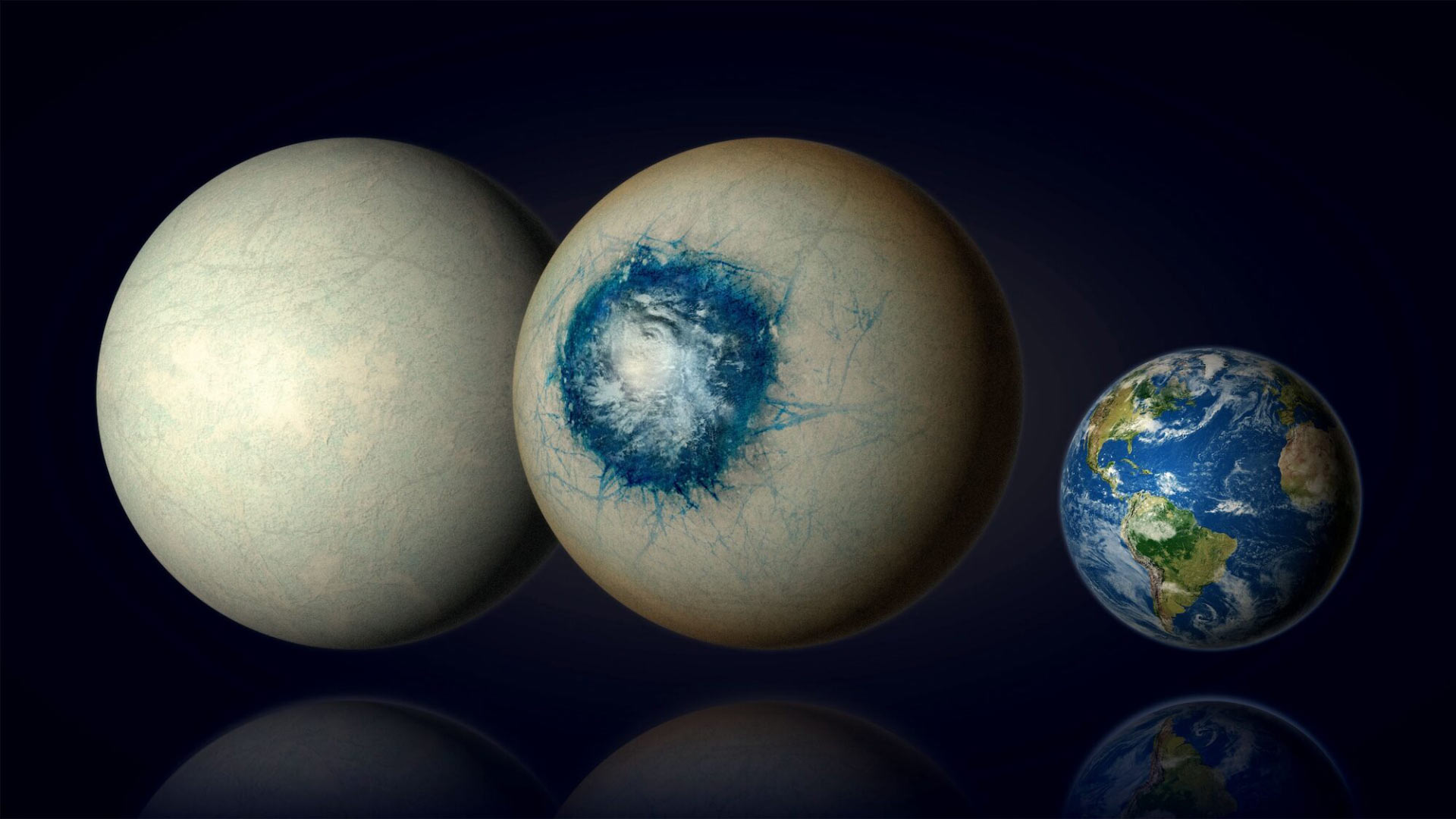
The two sides of the "eyeball planet" LHS-1140b and Earth are placed side by side to compare sizes - Photo: UNIVERSITY OF MONTREAL
According to Science Alert, LHS-1140b shows signs of a super-cold "eyeball planet", with most of its surface covered in white ice, except for a "pupil" 4,000 km in diameter.
Despite its horror, it is a temperate planet.
"Of all the temperate exoplanets currently known, LHS-1140b may be the best choice for us to one day confirm liquid water on the surface," Dr. Cadieux affirmed.
LHS-1140b, whose discovery was announced just a few years ago, has a radius of about 1.73 times that of Earth and 5.6 times the mass of Earth and is an "ocean planet," meaning it has a global ocean.
It is much closer to its parent star than the Earth-Sun distance, taking only 25 days to complete one orbit around its parent star.
But the planet's parent star LHS-1140 is a dim, cool red dwarf, which means it radiates much less heat than the Sun.
So, despite being in the "habitable zone" of its parent star, the planet is still covered in a layer of ice, surrounding a global ocean.
There's a lucky break: It orbits so closely that it's locked to its parent star - meaning the same face always points toward it.
As a result, in the middle of the planet's dayside there is an area that receives enough heat to keep the ocean from being covered by ice, with a surface temperature of about 20 degrees Celsius.
Using the power of the James Webb Space Telescope, the team also identified a lot of nitrogen in the planet's atmosphere.
The presence of nitrogen suggests a secondary atmosphere, which is an atmosphere that formed after the exoplanet formed, rather than with it.
All of these factors make the "blue pupil" in the middle of this icy sphere well-suited for a thriving ecosystem.
All that remains to be done is wait for more powerful observing facilities in the future, which could help scientists find direct evidence of life on potential exoplanets like LHS-1140b.
Source: https://nld.com.vn/hanh-tinh-quai-di-nhan-cau-bang-co-the-co-su-song-19624071008591754.htm


![[Photo] Close-up of Vietnam's sniffer dog team searching for earthquake victims in Myanmar](https://vstatic.vietnam.vn/vietnam/resource/IMAGE/2025/4/1/d4949a0510ba40af93a15359b5450df2)
![[Photo] General Secretary To Lam receives King Philippe of Belgium](https://vstatic.vietnam.vn/vietnam/resource/IMAGE/2025/4/1/e5963137a0c9428dabb93bdb34b86d7c)


![[Photo] President Luong Cuong and King Philippe of Belgium visit Thang Long Imperial Citadel](https://vstatic.vietnam.vn/vietnam/resource/IMAGE/2025/4/1/cb080a6652f84a1291edc3d2ee50f631)
![[Photo] Prime Minister Pham Minh Chinh meets with King Philippe of Belgium](https://vstatic.vietnam.vn/vietnam/resource/IMAGE/2025/4/1/be2f9ad3b17843b9b8f8dee6f2d227e7)



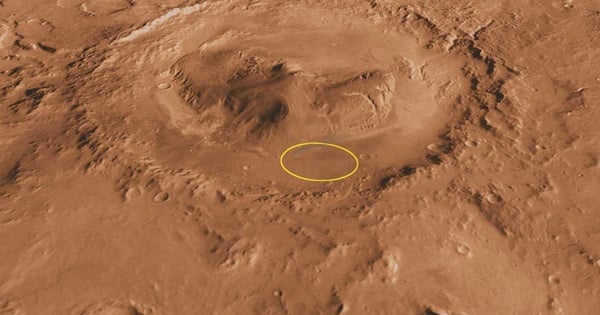
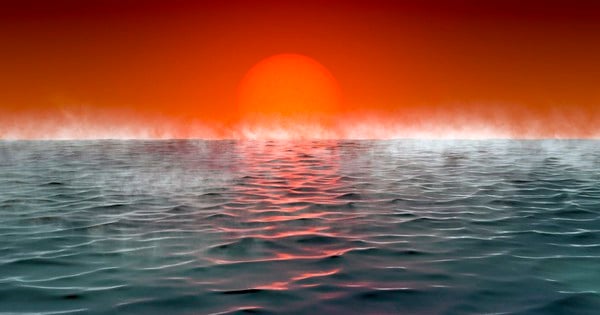
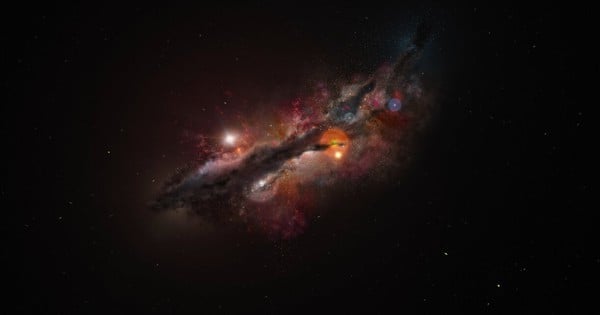



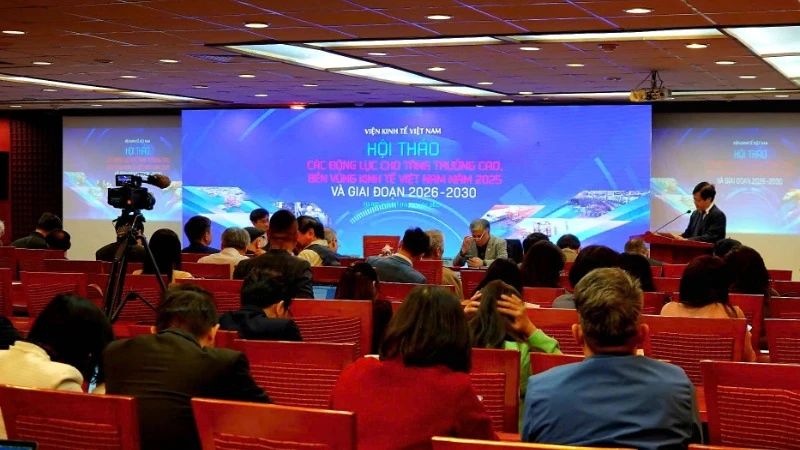






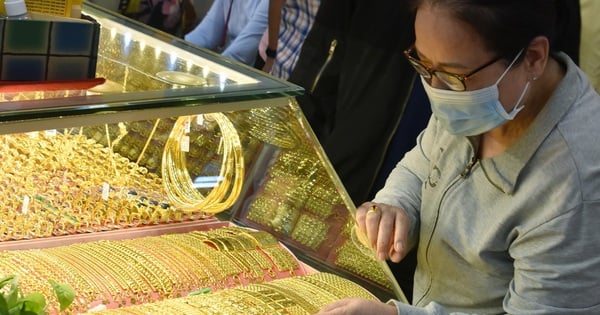



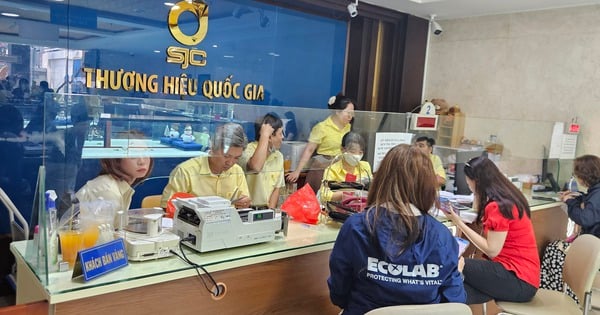
































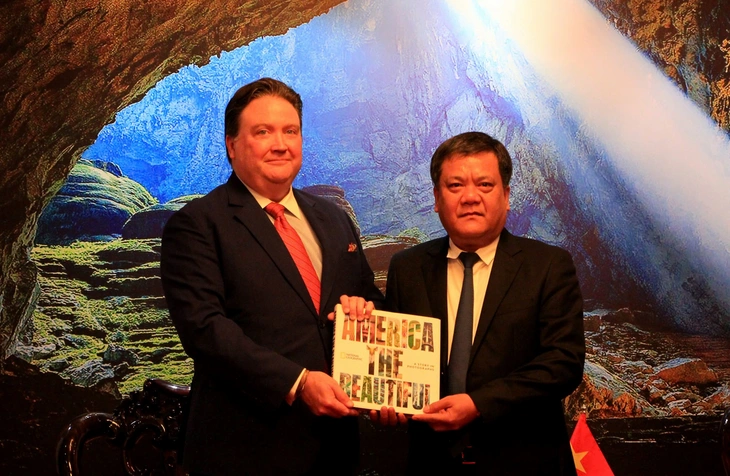




































Comment (0)